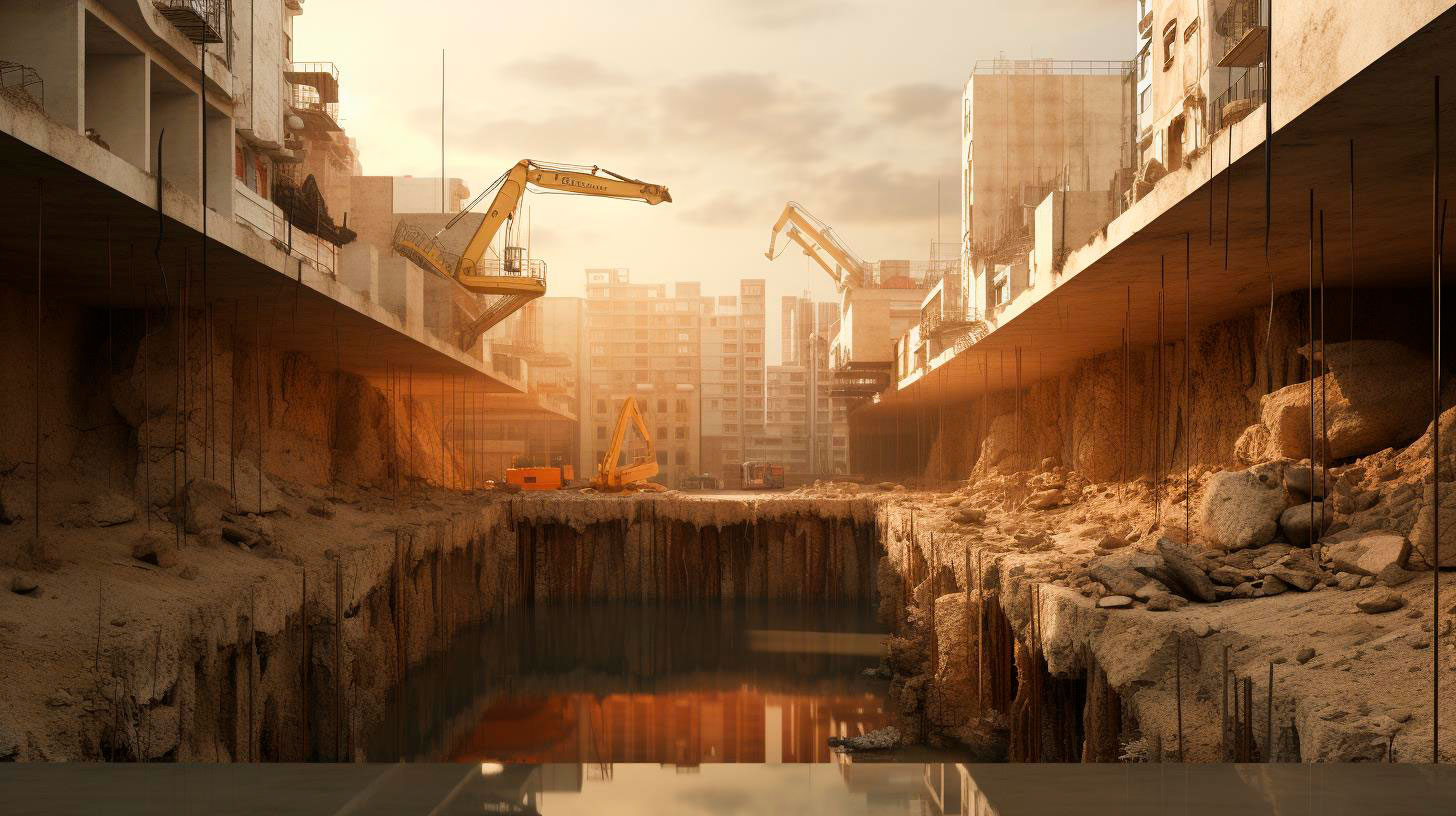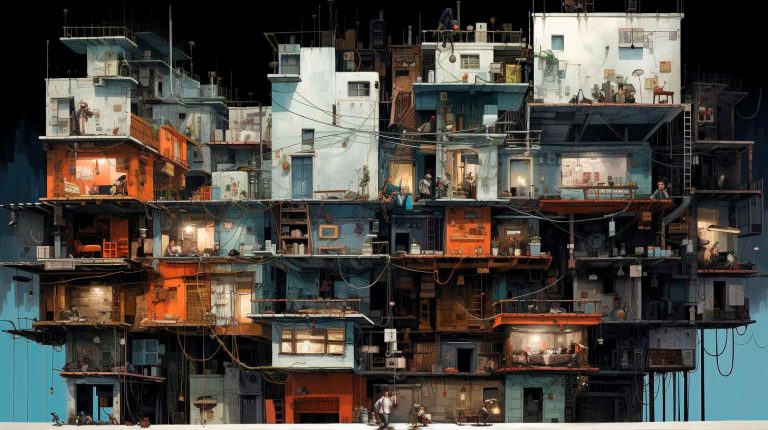This is where camouflage techniques come into play. In this article, we will delve into the world of wildlife photography and explore the various techniques used by photographers to become the invisible observer.
Understanding the Importance of Camouflage
Camouflage plays a crucial role in wildlife photography as it allows photographers to get closer to their subjects without alarming or disturbing them. By blending in with the surroundings, photographers can capture natural behavior and intimate moments without causing unnecessary stress to the animals. Additionally, camouflage enables photographers to observe and document rare species that are particularly wary of human presence.
- Blend in with the Environment: Camouflage allows photographers to seamlessly merge into the natural habitat, ensuring that animals do not perceive them as a threat.
- Minimize Disturbance: By blending in, photographers can capture more authentic and unguarded behavior as animals go about their natural routines.
- Opportunity for Rare Encounters: Certain rare species are more likely to tolerate the presence of a camouflaged photographer, granting opportunities for truly extraordinary photographs.
Camouflage Techniques: Gear and Clothing
When it comes to camouflage techniques, choosing the right gear and clothing is of utmost importance. Here are some key techniques to consider:
Camouflage Clothing
Investing in high-quality camouflage clothing made specifically for wildlife photography is a great first step. These garments are designed to mimic the surrounding environment and break up the photographer’s outline.
Camouflage Patterns
Camouflage patterns vary depending on the environment you are photographing in. Researching the local flora and fauna will help you choose the most appropriate pattern to match your surroundings.
Camouflage Lens Covers
In addition to clothing, specialized lens covers can further enhance your camouflage. These covers wrap around your camera lens, making it blend in seamlessly with nature.
Portable Hides
Portable hides or blinds create a concealed space for photographers, allowing them to remain hidden and capture intimate moments without disturbing the wildlife. These are particularly useful when photographing from a fixed location for an extended period.
- Enhanced Disguise: Camouflage gear and clothing help photographers to effectively blend in with the environment, providing a higher chance of remaining unnoticed.
- Increased Mobility: Portable hides allow photographers to move freely without alarming the wildlife, providing flexibility in capturing different angles and perspectives.
- Protection for Equipment: Camouflage lens covers provide an added layer of protection to your costly gear against scratches and minor impacts.
Patient Observation and Fieldcraft
While proper gear is essential, it is equally important to master the art of patient observation and fieldcraft. Here are some key tips to keep in mind:
Study Animal Behavior
Understanding the behavior patterns of the animals you wish to photograph is critical. Studying their routines, feeding habits, and breeding seasons will help you anticipate their movements and be in the right place at the right time.
Use Natural Shelter
When possible, take advantage of natural shelter, such as trees, bushes, or rocks, to conceal yourself while observing and photographing wildlife. This reduces the chance of being detected and allows for more intimate shots.
Movement and Noise Control
Animals are incredibly sensitive to movement and noise. Move slowly and cautiously, avoiding sudden jerky motions or loud noises that could startle or scare away your subjects.
- Strategic Timing: Being knowledgeable about animal behavior helps increase the chances of capturing unique moments by anticipating their movements.
- Stealth and Precision: Utilizing natural shelter and controlling movement and noise significantly contributes to remaining undetected and capturing authentic wildlife behavior.
- Respect for the Subjects: Mastering fieldcraft not only helps photographers capture stunning images but also ensures minimal impact on the welfare of the animals.
Responsible Wildlife Photography
As passionate photographers, it is crucial to practice responsible wildlife photography. Here are some important guidelines to follow:
Respect Wildlife and Their Habitat
Always prioritize the well-being of the animals you photograph. Respect their space, maintain a safe distance, and avoid interfering with their natural behavior.
Leave No Trace
When photographing in the wild, leave absolutely no trace of your presence. This includes avoiding littering, unnecessary noise, and disturbance to the environment.
Educate and Inspire
Use your photographs as a platform to educate others about the beauty and fragility of nature. Inspire people to appreciate and protect our planet’s diverse wildlife.
- Ethical Responsibility: Respecting wildlife and their habitats ensures that our actions as photographers do not harm or disrupt delicate ecosystems.
- Preserving Natural Beauty: Practicing responsible photography allows future generations to experience and appreciate the incredible diversity of our natural world.
- Conservation Awareness: Captivating wildlife images can act as powerful tools to raise awareness and promote conservation efforts.
In conclusion, camouflage techniques play a vital role in enabling wildlife photographers to become the invisible observers of nature. By understanding the importance of blending in with the environment, investing in proper gear, mastering fieldcraft, and practicing responsible photography, we can capture breathtaking moments while minimizing our impact on the subjects. Remember, wildlife photography is not just about the perfect shot; it’s about respecting and preserving the natural beauty that surrounds us.
















+ There are no comments
Add yours